Lakshmi Sharath
The call of the wild is a sign that you cannot ignore. It can haunt you on a dry summer day or during the cold winter nights.
As the monsoons drift away, the call gets louder and louder, as the jungles wear a fresh coat of green and the denizens come out into the open. It is the season for some migratory birds, as well.
Some of the national parks that were closed during the monsoons are thrown open to the tourists who heed the call and start travelling.
So, if you have heard the call and you are wondering where to go, here are some of our recommendations.
...
Lakshmi Sharath is a travel writer and blogger from Bangalore and she blogs at http://backpakker.blogspot.com.
India's top wildlife parks
Image: Corbett National ParkPhotographs: Rediff Archives
1. Corbett National Park
Named after Jim Corbett, this is not just a national park, but "the very heart of Terai landscape," as conservation journalist Prerna Singh Bindra puts it. Although this is the one of the oldest tiger reserves in the country, the national park is home to 600 species of birds, the endangered gharial, leopards, elephants, marsh crocodiles among others.
Located in the Kumaon district of Uttarakhand, this was often referred to as the "land of trumpet, roar and song."
There are several places to stay around Corbett - from luxury resorts like Infinity Corbett Wilderness to wildlife lodges to river camps, but as responsible tourists, it is important to ensure that we do not allow wayward tourism to destroy the habitat of these wild creatures.
"One of the biggest threat," says Prerna, "is unregulated tourism which has degraded and fragmented habitats and choked vital tiger corridors."
Best time to visit will be from November to April, while the open season starts from October to mid June.
Corbett is about five hours by road from New Delhi, but there is also a train connecting the capital to Ramnagar, from where buses or jeeps are available to the park.
India's top wildlife parks
Image: Kanha National ParkPhotographs: Ronjita Kulkarni
2. Kanha National Park
The Jungle Book comes alive in the sal and bamboo forests and open grasslands of Madhya Pradesh as even today, wildlife enthusiasts look for Sher Khan and Baalu among others in this sanctuary. While Kanha is mostly about tiger tourism, most tourists forget to enjoy the very experience of being in a forest.
The Barasingha of the swamp deer family is as much a 'must see' as the tiger here. Leopards, sloth bears, dholes, gaur, chowsingha, Indian pangolin are the other mammals found here. For birders, one can sight more than 120 species in just a single day.
Just a simple suggestion if you are in Kanha do not chase the tiger ! "I wouldn't recommend elephant rides," says photographer Arun Bhat. "Tigers are tracked and cornered by elephants and then the tourists are offered a ride on them."
Best time to visit is December to March, while the open season starts from October to June.
Some wildlife enthusiasts try to visit Pench Tiger Reserve as well and of course, Bandavgarh is another popular wildlife park in this zone.
There are quite a few resorts just outside the park including luxury resorts like Taj's resort to wildlife lodges and hotels.
Jabalpur or Nagpur are the closest airports and rail heads and the park can be accessed by road from here through taxis and buses.
India's top wildlife parks
Image: Tadoba National ParkPhotographs: Rediff Archives
3. Tadoba - Andhari Tiger Reserve
Located in Chandrapur district in Maharashtra, this historic region was the first national reserve in Maharashtra. Salt licks and waterholes are the sites of much animal activity as parts of this reserve has rich deciduous forests with abundance of grasslands.
Prerna calls this national park an islanded oasis for the tiger as there are about 40 tigers within 625 sq feet, living in a haven, surrounded by mines and a polluted landscape.
The reserve needs a lot of protection from mining and industrial neighbourhood. "The landscape and corridors are slowly fragmented by mines, thermal power plants which are a serious threat," says Prerna.
Forest rest houses and tent facilities are available outside the reserve upon request, else accommodation is available in Chandrapur. MTDC properties are available as well.
Season opens in October and lasts till early June , but the best time to visit will be from late November to April. The park is closed on Tuesdays and on December 31.
The nearest airpoirt is Nagpur which is about 140 km and the railway head is Chandrapur.
India's top wildlife parks
Image: Ranthambore Tiger ReservePhotographs: Rohan666 / Wiki Commons
4. Ranthambore Tiger Reserve
Located in Rajasthan and rather close to New Delhi is the Ranthambore Tiger Reserve, where tiger tourism is spoken at a same breath as conservation.
There are issues with poaching, livestock and forest fires but for tourists, the lakes in this area - Padam Talao, Raj Bagh and Milak Talao offer great sighting opportunities. Sometimes, even the majestic ruins of the Ranthambore fort have been their haunt.
Besides the tigers, you can find nilgai, chinkara, sambar, spotted deer, langurs, leopards, sloth bears, jackals in the area. Marsh crocodiles are often seen basking in the sun.
Best time to go is December to April. Jaipur is the closest airport, while the closest railhead is Sawoi Madhopur railway station. Buses and taxis are available from here.India's top wildlife parks
Image: An Asiatic lion rests in Gir forest, about 355 km (221 miles) from the western Indian city of Ahmedabad.Photographs: Amit Dave / Reuters
5. Gir National Park
This is the only national park in India, where you can sight the Asiatic lion and the other endangered cat, the leopard. Only 350 lions now remain in Gir.
But Gir is also home to 36 varieties of mammals and 30 species of reptiles including the Marsh Crocodile. "The major issue is that by confining all the lions to one small park makes it vulnerable to natural catastrophes and epidemics," says Prerna.
Accommodation is available outside the reserve.
The season starts from December to March, while the park opens from mid October to early June.
Junagadh and Veraval in Gujarat are the closest city to reach Gir Forest and they connect you to Sasan. You can fly or take a train to Rajkot and drive from there for about 4-5 hours to reach the park.
India's top wildlife parks
Image: A one-horned Indian rhinoceros walks in Kaziranga National Park in the northeastern state of Assam.Photographs: Kamal Kishore/Reuters
6. Kaziranga National Park
The Brahmaputra's swampy banks are home to the World Heritage Site of Kaziranga National Park in Assam.
"What excites me is the sheer diversity here," says naturalist Karthikeyan, adding "you see the one horned rhinoceros, the elephants, tigers, leopards, hoolock gibbons and some amazing varieties of birds. I once saw 90 species of birds in just five hours."
Bordered by tea plantations, the park often sees severe monsoons, when most of the wildlife migrates outside, due to the floods and they fall prey to poachers.
While the tigers may be a bit difficult to sight due to the tall elephant grass in the region, rhinoceros and elephants are a fairly common sight.
Best season is December to March, while the open season is from November to mid April. Manas Tiger Reserve and Pambari Forest are other popular wildlife sanctuaries for tourists in this area.
Kaziranga is a couple of hours drive by road from Jorhat and about five hours from Guwahati, which is the nearest airport.
India's top wildlife parks
Image: A deer walks on the mangroves of the Sunderbans tiger reserve.Photographs: Jayanta Shaw / Reuters
7. The Sunderbans Wildlife Sanctuary
The islands of mangrove forests located amidst the creeks at the delta of the Ganges houses one of the most unique tiger reserves in our country.
The Sunderban tiger has adapted to the saline waters and can be found swimming in the creeks. Stalked by the poachers and often dubbed the maneaters, the tigers are believed to be slowly dwindling here.
There are leopard cats, fishing cats, palm civets, crab eating mongoose, water monitors. Birdlife is plenty as you could find heronries around here as well. Boat trips are arranged to get a glimpse of the rich wildlife in this reserve.
There are trains and buses from Kolkata to the Sunderbans.
India's top wildlife parks
Image: One of the temporary bridges in Kuruva Island, 950-acre protected river delta on the Kabini River in the Wayanad district, India.Photographs: Challiyan / Creative Commons
8. Kabini-Nagarhole National Park
I met a wildlife enthusiast from Africa in Kabini who shared with me his top three picks based on the uniqueness of India's biodiversity. They were Corbett, Kanha and Kabini.
The river Kabini wedges through the moist deciduous forests of Bandipur and Nagarhole, making this region one of the favourite haunts of Asiatic elephants.
You would probably find one of the largest congregations of elephants here in summer, on the banks of the river, around the wildlife parks. Boat safaris and jeep safaris are available for tourists.
Leopards, tigers, dholes, gaurs are some of the large mammals you would find here. The backwaters is a great place for bird watching as several migratory birds flock here during the winters.
Bangalore and Mysore are the closest airports and Kabini is a five hour drive from the former or a two hour drive from the latter.
Accomodation option varies from the Jungle Lodges and Resorts to private luxury resorts and tented camps.
India's top wildlife parks
Image: Malabar Giant Squirrel, also known as Indian Giant Squirel photographed in deciduous forests of Mudumalai Tiger Reserve.Photographs: Rakesh Kumar Dogra / Creative Commons
9. Mudumalai Wildlife Sanctuary
An ecologically rich terrain in Tamil Nadu, Mudumalai Wildlife Sanctuary is located in the Nilgiri biosphere. An erstwhile game reserve, it is now a part of a crucial wildlife corridor that spans across the southern states.
Elephants, leopards, dholes, sloth bears, gaurs and spotted deer are rather common in this sanctuary, besides the Indian Giant Squirrel, striped necked mongoose and the ruddy mongoose.
Best time to visit is between January and April.
Accommodation is available in nearby towns and villages like Masinagudi, Theppakadu, Singara Post and it varies from exclusive home stays to resorts and camps.
The closest airports are at Bangalore, Mysore and Coimbatore.India's best wildlife sanctuary
Image: Wild ass Khur in Wild Ass Sanctuary, Little Rann of Kutch, Gujarat.Photographs: S Ballal / Creative Commons
10. Wild Ass Wildlife Sanctuary or Little Rann of Kutch
The Rann of Kutch may not be your typical forest landscape, but the wide tracts of desert, dotted by scrubs is home to Indian Wild Ass or the Ghorkar.
The nilgai, wolf, fox and some jungle cats are also found in this habitat. The saline belt is largely due to the tracts of land inundated by sea water during and after the monsoons.
"Sometimes, when you just look out, you can see just flat land extending right up to the horizon, " says Sriram , a wildlife photographer. And this is where you can see some really rare birds like pallid scops owls."
Come winter, Kutch is also known for the migratory birds as birders flock here to see flamingoes, cranes, pelicans and several raptors.
Sriram offers a simple suggestion to tourists. "Do not startle the animals or birds and make them run as there is very little water available in the habitat."
Best time to visit is December to March. Accommodation is available outside the sanctuary and the resorts arrange for the safaris.
The nearest airport is at Bhuj and there are trains and buses connecting to the park from all parts of Gujarat.
Dos and don'ts in the jungle.
- It is important to observe silence, because only then can we hear the warning calls and also enjoy the sounds of the forest.
- As you throng to the forests, do not pollute the park with plastic.
- Blend in and wear clothes that go with the colours of the jungle. This is not the time to show off your evening dress.
- Cover yourself properly to avoid getting bitten by insects.
- Do not panic if you are bitten by leeches or other insects.
- Carry medication and antiseptics along with protective sunscreens.
- It is not always safe to explore forests on foot and stick to your group and your naturalist.
- While taking photographs, a flash is an absolute NO.
- Do not disturb the animals, remember, it is their territory we are encroaching.
- Understanding the biodiversity and reading about the endangered species makes your experience richer.

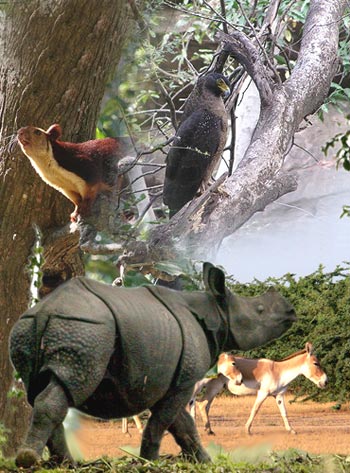
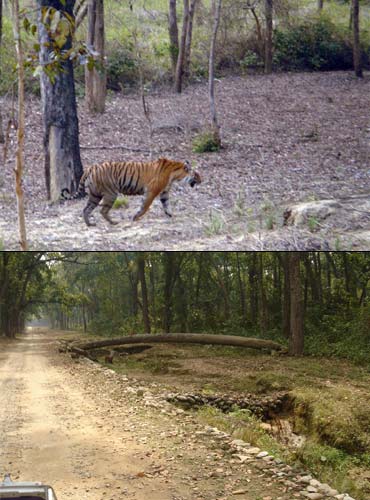
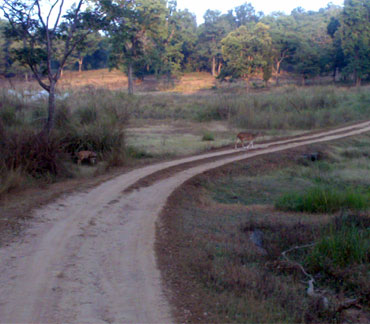

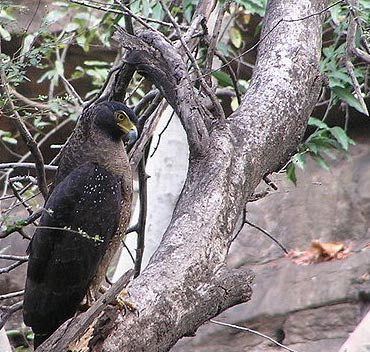

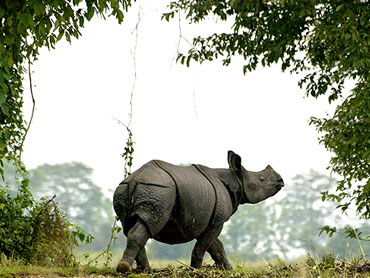
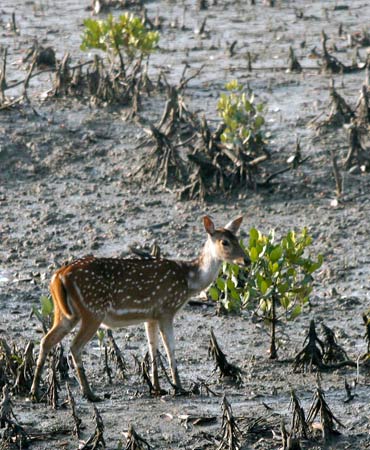
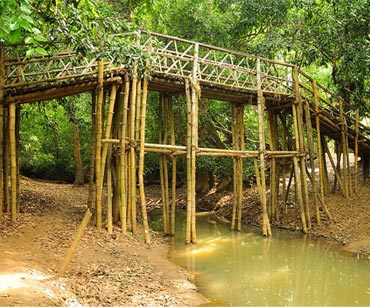
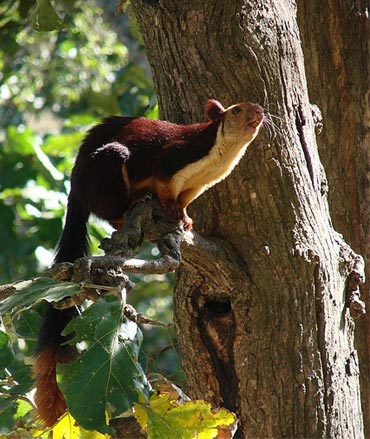
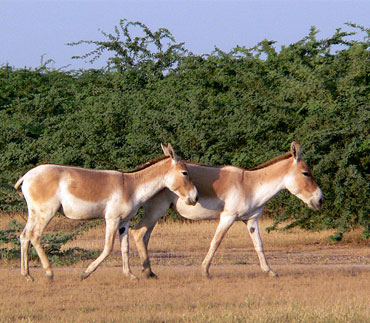
Comment
article